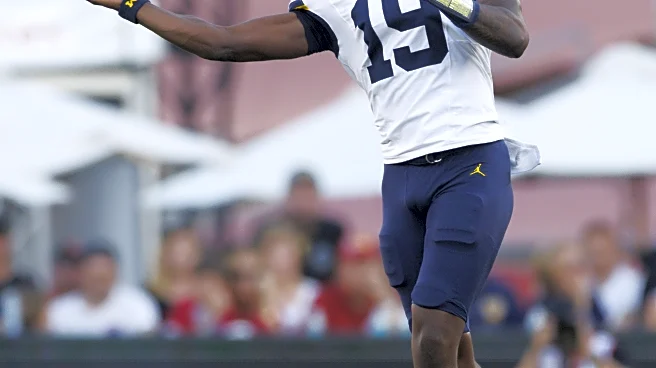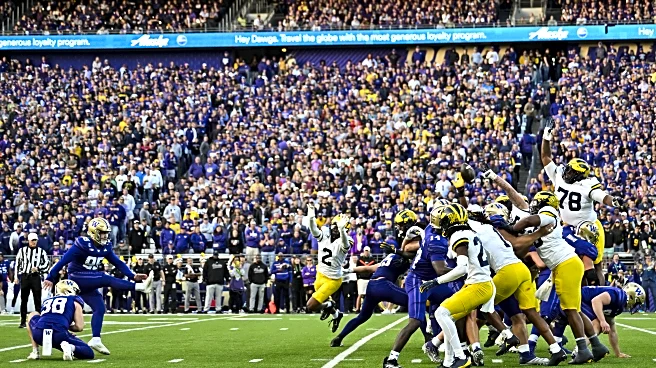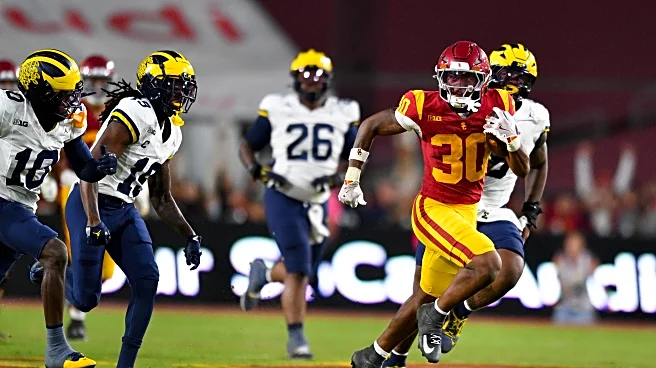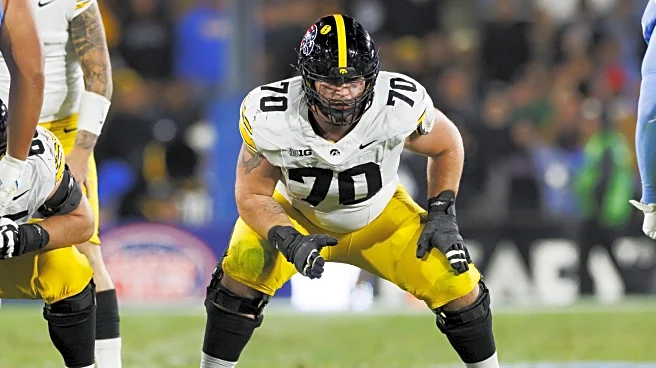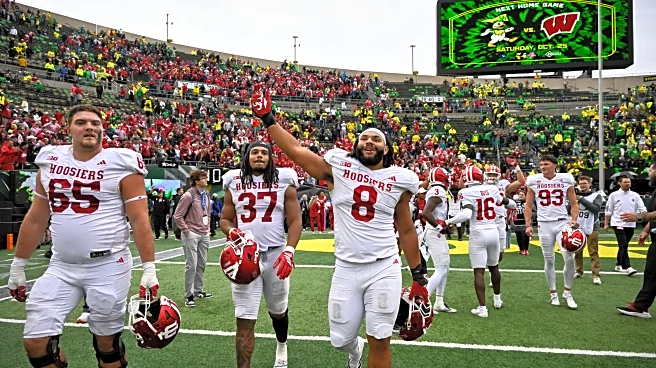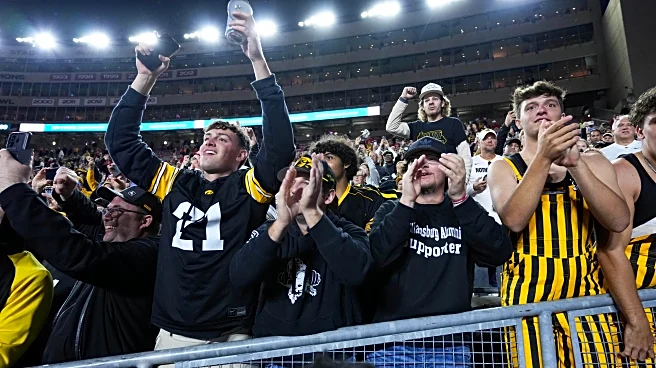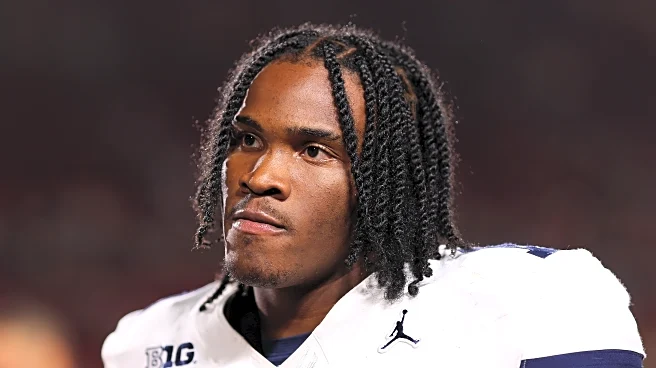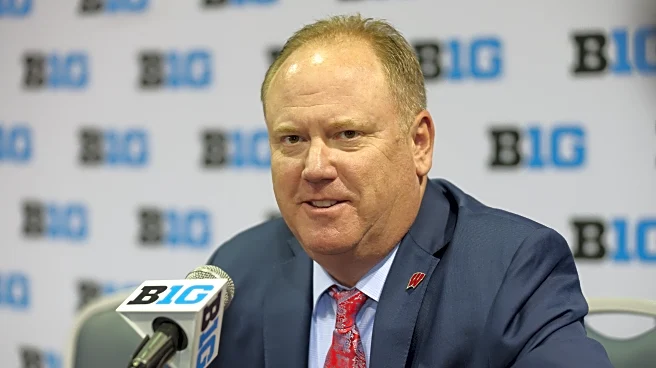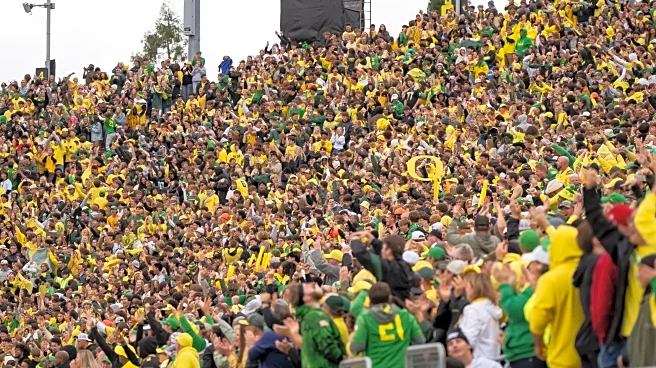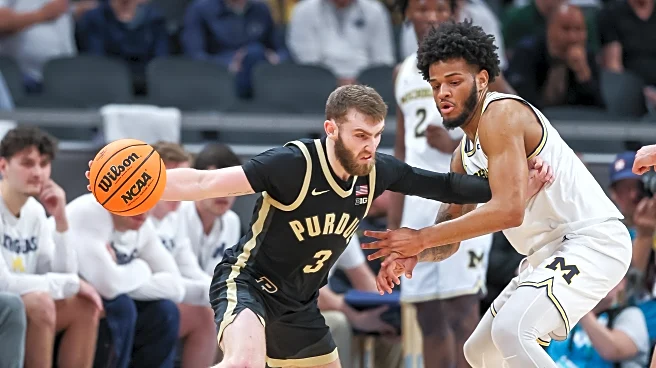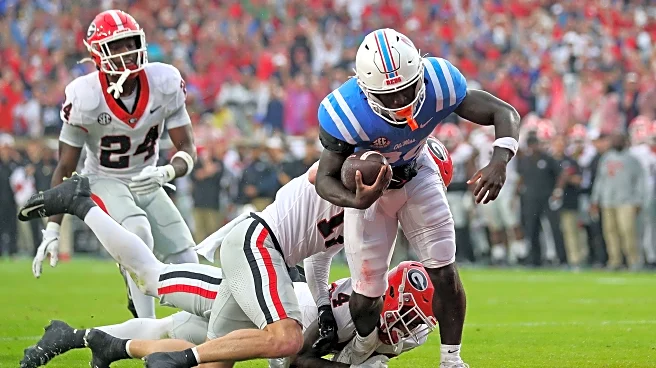With Michigan coming off a loss and playing at home, they’ll be ready to right the ship and avoid a two game losing skid. Let’s break down the Wolverine offense that the Husky defense will have to contend
with on Saturday morning:
The Numbers
Points per game: 29.5
Plays per game: 62.8 (#118)
Rushing yards per game: 218.5
Passing yards per game: 201.7 (#93)
Key Players
True freshman QB Bryce Underwood was the #1 overall recruit in last year’s class and has shown flashes of brilliance, even if the numbers aren’t fully there yet (completing 59% of passes, 1,210 yards, 5 TD, 2 INT). The completion percentage is last in the conference and his five touchdown passes are tied for last with Iowa’s Mark Gronowski. Despite this, there isn’t a player left on Washington’s schedule who has Underwood’s blend of size, athleticism, and arm talent (even just the arm talent piece, he’s easily the best UW will face all season). He’s got a cannon and the ability to drive the ball with velocity anywhere on the field, with odd arm angles and off platform throws.
A 6-4 and 228 pounds, he’s a commanding presence in the pocket and difficult to bring down. He always looks to throw first, but has 27 designed rushes this season and isn’t afraid to take off. Like Washington, Michigan fans want to see their athletic QB run more, like he did in back to back wins against Central Michigan and Nebraska (17 rushes, 175 yards).
Throwing the football, he’s been pretty good in the short and mid range. Throwing deep (20+ yards) he’s more boom or bust, with all three of his PFF “big time throws” on heaves more than 20 yards downfield, as well as all but one of his turnover worthy plays. Against USC, he showed that he was still capable of making freshman mistakes, including a bad 11 yard sack, and a red zone INT, both of which cost the Wolverines touchdowns.

Running the ball will be Alabama transfer Justice Haynes, who is currently the B1G’s leading rusher (95 carries, 705 yards, 8 touchdowns). Like most Michigan running backs, he is a physical, between-the-tackles bruiser, but is also a home run threat. He has good contact balance in the hole, and the speed and vision to break away for huge gains. He’s been the most steady and consistent piece to this Michigan offense all season. However, he left the USC game injured and his status is questionable for this game. If he can’t go, it’ll be second year player Jordan Marshall, who has 59 carries for 301 yards and three touchdowns.
Catching passes for the Wolverines is the receiver trio of Donaven McCulley, Semaj Morgan, and Andrew Marsh. McCulley is a 6-5 senior who spent the past three seasons at Indiana. He currently leads Michigan in receptions (22), receiving yards (348) and touchdowns (2). As his 6-5 frame suggests, he’s great at high pointing the football and playing above the rim, to use a basketball analogy. Only five B1G receivers have more contested catches than him this season. Morgan is a player they like to get the ball to on screens and gets a ton of catches behind the line of scrimmage.
And then there’s the freshman Marsh, a player who heavily considered UW before committing to Michigan. He had five total catches going into last week’s game, but made a major statement against USC with 8 catches for 138 yards and a touchdown in the Coliseum. He showed speed and playmaking ability that’s been missing from Michigan’s receiver room. While there’s some playmaking ability here, this group is third in the B1G in drops, with 14 on the season.
The Scheme
It’s Michigan, they will be a run first team (they run about 56% of the time). One difference from this year’s Michigan team to past iterations is the usage (or lack thereof) of the tight end. Normally a TE heavy scheme, they’ve not incorporated the position as much this year. Part is due to health, and part is the emergence of outside threats in Marsh and McCulley. In fact, the USC game was the first time all season both TEs Marlin Klein and Hogan Hansen (from Bellevue) were healthy for the same game. After Colston Loveland carried so much of Michigan’s offense last season from the tight end position, the drop off is hard to ignore.
Final Thoughts
With Haynes injury status still unclear, and the general vibe of the Michigan offense this year, I expect Sherrone Moore and OC Chip Lindsey will try to muddy this game up as much as possible, avoid mistakes, and just run the damn ball. While UW’s raw rushing defense stats have been very strong this year (84 YPG and 3.1 YPC, both are top-10 nationally), they haven’t faced a real rushing threat yet: a team that has equal or greater talent to UW and a willingness to stick with the run game. In fact, Washington has faced the third fewest rushing attempts per game (27) of any team in the country. Michigan runs it on average 35 times a game. How will UW hold up for four quarters against a team more committed to running than any previous opponent?
On the other hand, in four games against P4 teams, Michigan has averaged just 20 points a game, and scored a mere 13 points in each of its two losses. With struggles on third down (less than 40% conversion rate) and in the red zone, this Michigan team struggles to finish drives. This projects to be a close, tight game where every possession and scoring opportunity will matter.
